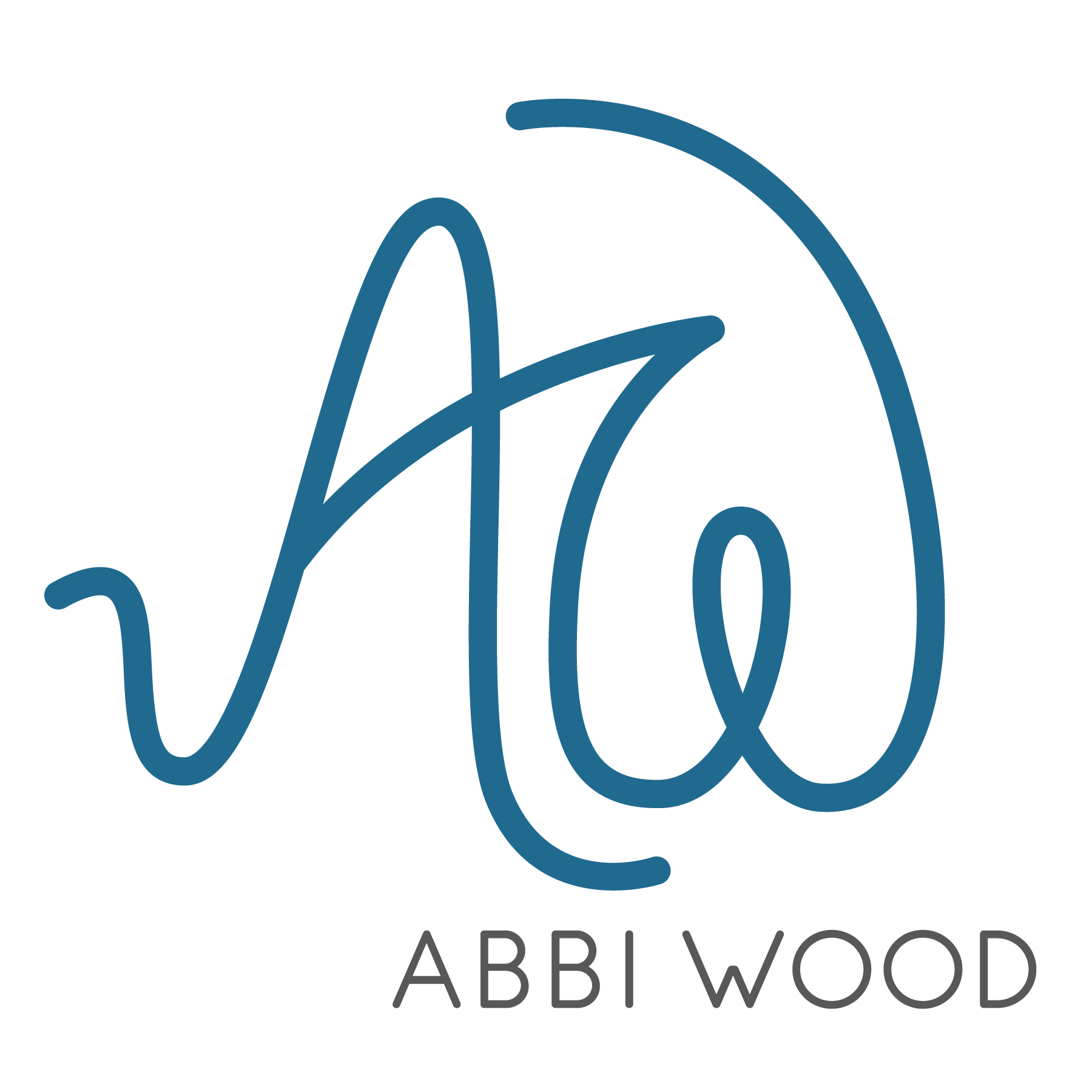Editing: Are You Hitting The Bullseye Or Beating Around The Bush?
You’ve probably heard the saying “it’s not what you say, it’s how you say it.” Usually the how extends to your tone and body language.
BUT!
How do you demonstrate the how in written content without tone and body language?
Dun-dun-dun!
Introducing: Your Editing Choices
First off, the choices range from the expansive down to the nitty-gritty. I’m not here to overwhelm; I want to help as simply as possible.
At the simplest side of editing, your choice of formatting can help: A little italic, a little bold, a little headlining… Maybe even a little color.
And then it’s as much about what you don’t say, as what you do say: white space. Exciting!
These simple choices act as a bird’s-eye-view, showing the reader where to place their attention and how the content is structured.
*** Side note: formatting long-winded information to a diagram provides an effective summary for easier understanding.
And then you have the next-level option: word choice.
Choosing Your Words: The How of Your What
Do you ever wonder if “word choice” contributes to the “how”? I say yes.
More than one word can mean the same thing; choosing the right one for you can contribute to tone and voice as much as the content itself! Example: curious vs inquisitive; creative vs innovative; resourceful vs innovative!
Do you think about your words? Do you choose them with care? Do you think about the order and positioning?
Good vs Better vs Best
- Keep your language as effective as possible.
- Minimize the non-essential fluff that will lose interest and readers.
- Think about the context and meaning around your words.

“Be aware of redundant words; they lead to skimming and possible loss of attention.”
Review the original text and possible revisions that can tighten your focus. I endorse writing for the sake of writing; the revisions are something you want to think about during the editorial process… In the beginning, there was light…
But seriously, in the beginning, there are words. You just want to word vomit, OK? Lay it all out. Don’t be afraid.
As you write, you gain clarity on the structure of information coming out to play and you can do a little editing as you go. Regardless of how much/little you edit, you’ll want to take some space from the project (blog, book, whatever) and revisit to catch any gaps in knowledge or structure.
“Ultimately, feel free to seek outside perspective; one or two people will serve better than a bevy of cooks unintentionally spoiling the broth.”
Specificity. Simplicity. Application.
Specificity
- Cut to the chase and minimize jargon, where possible.
- Consider your audience. “Tribe” is a popular word these days: are you speaking to your “tribe”? Does your tribe consist of peers, beginners, or experts?
Simplicity
- Are you laying down language easy to read and understand?
- Are you cutting out the forgettable fluff?
Application
Here’s a pattern interrupt, an A-word to break from the Esses!
- Are you laying out information that the reader can take away and apply? I love a good metaphysical discussion as much as the next person. But without words that inspire action, yours will be replaced by the next set of words to cross your reader’s screen.
Recap
- Format
- Consider word choices. Can you say it with less words? Can you say it with easier words?
- Is it too vague? Is there value in your words? Is there a takeaway or applicable information?
Do YOU have questions? Let me know!
PS: Above, where I say “Specificity. Simplicity. Application.” I actually mean to say “Specificity. Simplicity. Summation.” Whether you’re communicating by text or spoken word, summaries help in two ways:
- Tests your whole message for clarity and focus; if you can narrow it down, you’re good! People can read the expanded, detailed breakdown for deeper insights
- Gives your audience a bird’s eye view of your whole message; when we laser in with an eagle eye, the big picture can lose focus. Think: seeing the forest for the trees (or not). Zoom in and out, so to speak, for max understanding!
